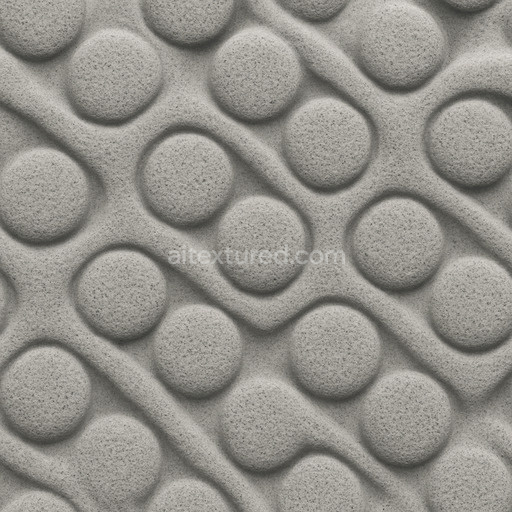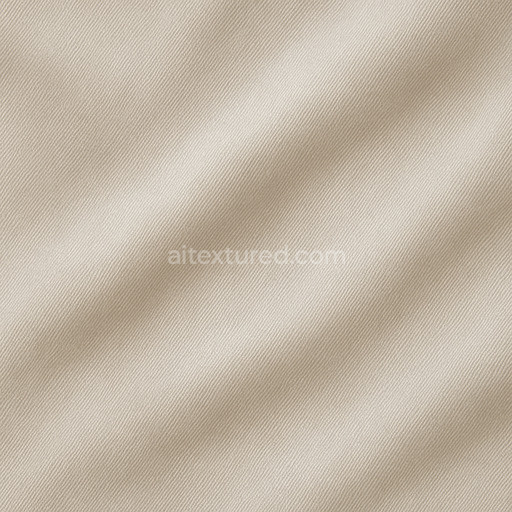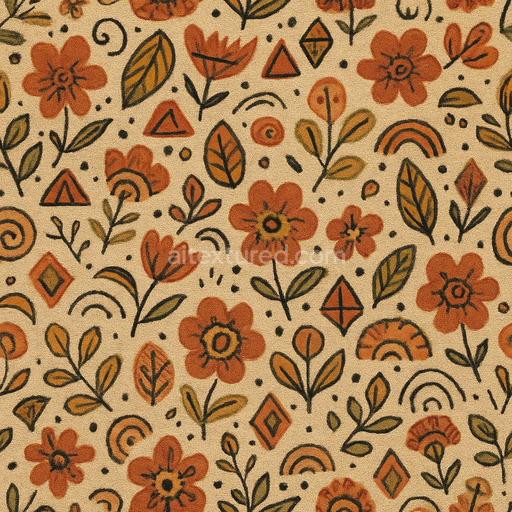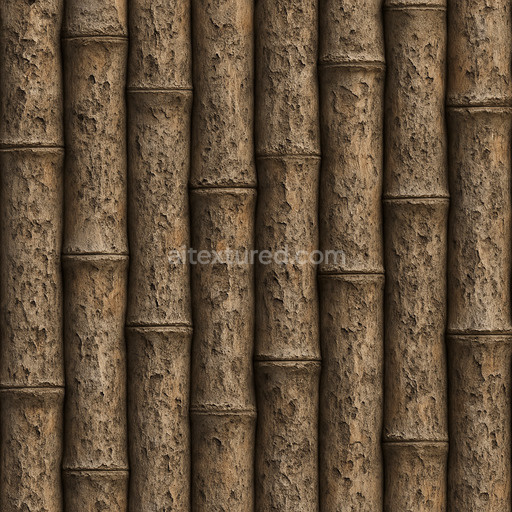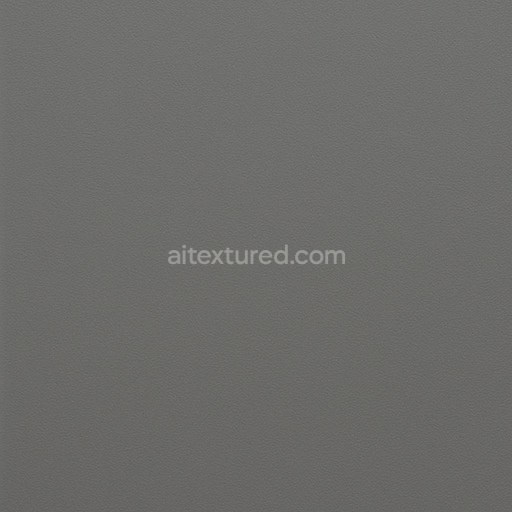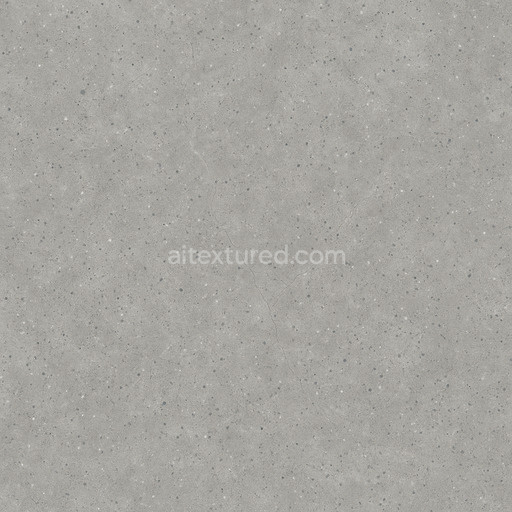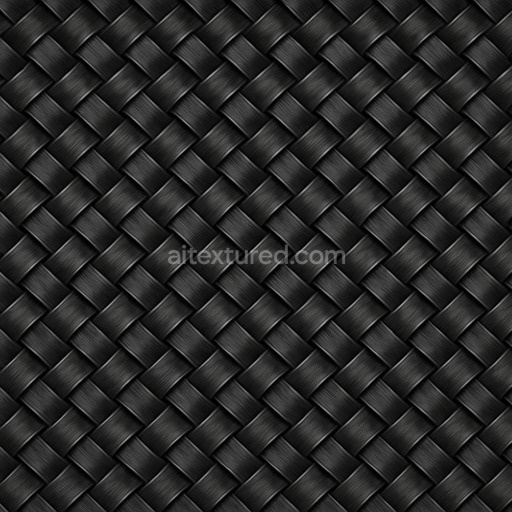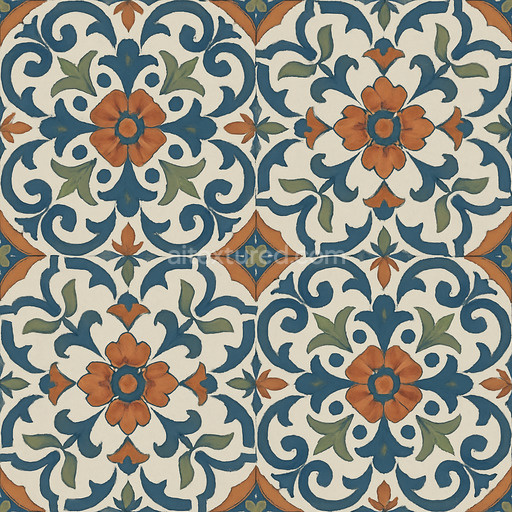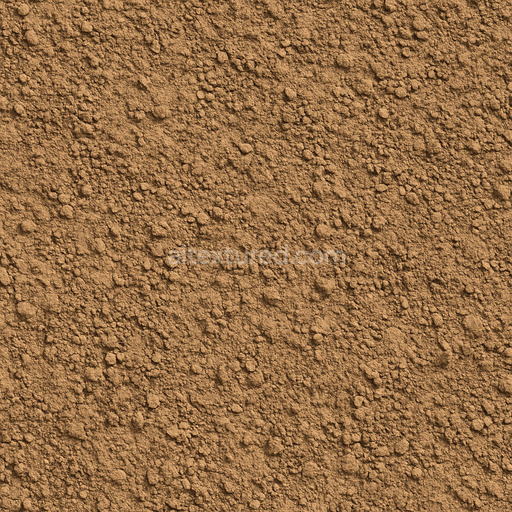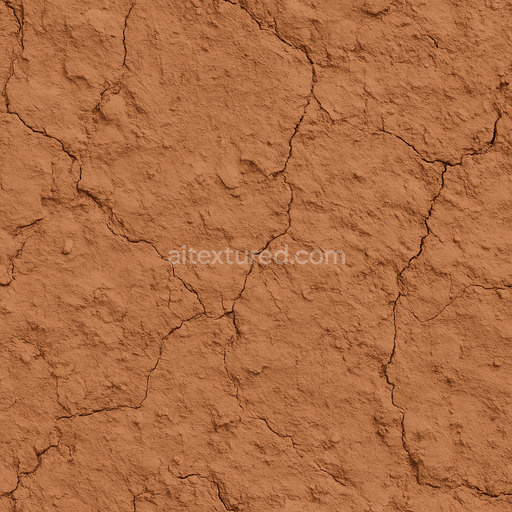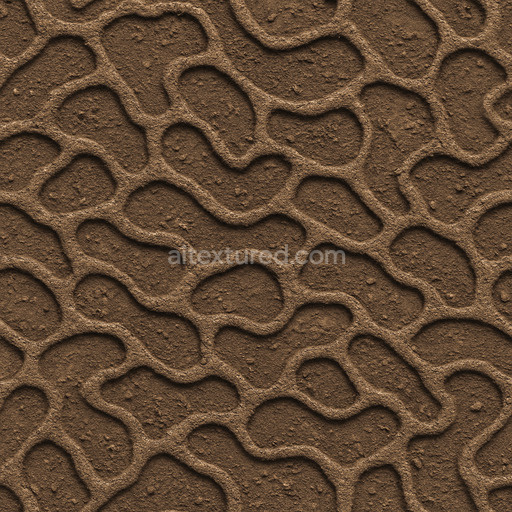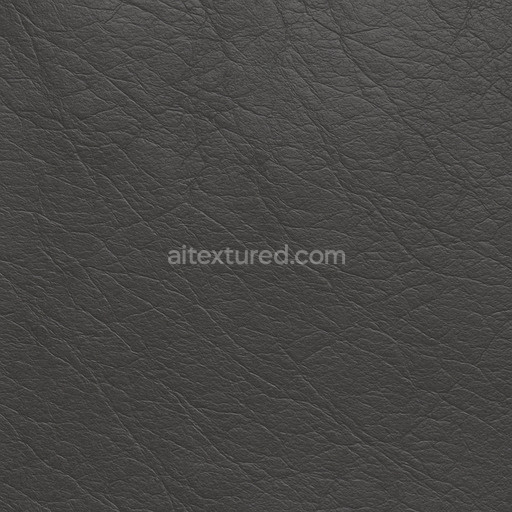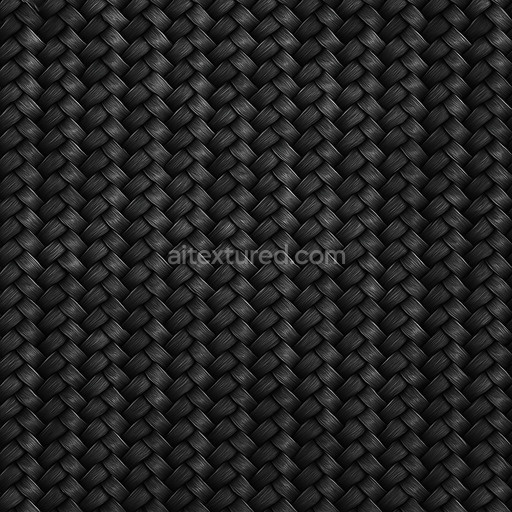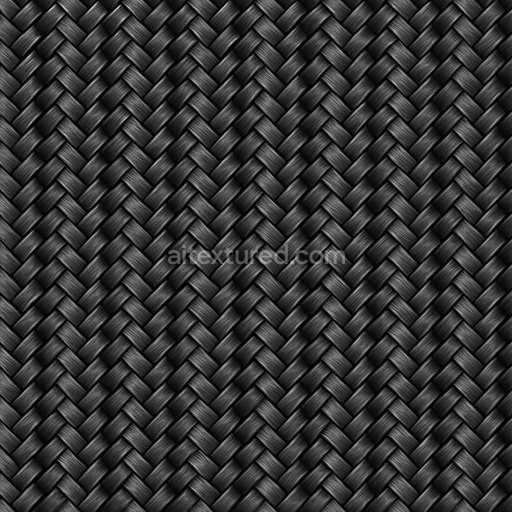The Patterned Foam Seamless Texture is an AI-generated high-resolution material designed to replicate the complex surface of patterned foam with remarkable realism. At its core the texture simulates a polymer-based foam substrate characterized by a lightweight porous structure with intricate surface patterns formed by controlled grain orientation and repeating motifs. The appearance is enhanced by subtle binders and adhesives implied within the texture’s microstructure lending cohesion and structural integrity to the foam’s cellular matrix. This results in a surface finish that balances matte softness with faintly undulating relief mimicking the tactile qualities of real-world foam materials used in cushioning or insulation. The colorants embedded within the BaseColor channel evoke natural pigment variations with soft off-white and muted gray tones that add depth and authenticity to the material’s visual profile.
In physically based rendering (PBR) this seamless patterned foam texture performs exceptionally across all key channels. The BaseColor (Albedo) layer delivers nuanced pigmentation without specular artifacts while the Normal map captures fine surface undulations and the characteristic pattern relief enhancing lighting interactions and shadow detail. The Roughness map controls a softly diffused reflection replicating the foam’s low-gloss slightly textured finish while the Metallic channel remains minimal reflecting the non-metallic polymer origin of the material. Ambient Occlusion is finely tuned to emphasize crevices and recessed pattern areas adding depth and realism to real-time scenes or cinematic renders. Height and Displacement maps provide subtle volumetric variation allowing for convincing parallax effects and improved surface definition when used with tessellation or displacement techniques.
Designed and optimized for modern 3D pipelines this tileable patterned foam seamless texture supports resolutions up to 8K ensuring crisp detail retention even on large UV islands without visible repetition or distortion. It integrates seamlessly with industry-standard software such as Blender Unreal Engine and Unity enabling fast iteration loops and efficient workflow integration. For best results it is recommended to maintain consistent texel density across assets and to keep UV layouts uniform to minimize pattern stretching. Additionally subtle adjustments to roughness can help tune the foam’s surface interaction under varying lighting conditions while careful scaling of the height map can enhance perceived depth without compromising performance.
This versatile basic-materials texture is ideal for a wide range of applications including real-time visualization level dressing cinematic rendering and material studies where detailed surface quality and natural appearance are paramount. Its robust AI-driven generation process strikes an excellent balance between crisp detail and controlled noise producing a believable patterned foam surface that elevates the realism of your 3D projects while accelerating your material creation workflows. Adding this seamless patterned foam seamless texture to your material library equips you with a reliable high-quality resource for realistic foam surfaces that work out-of-the-box across multiple platforms and rendering engines.
The patterned foam seamless texture demonstrates advanced AI texture integration with basic-materials textures providing a realistic PBR appearance ideal for detailed 3D preview applications.
How to Use These Seamless PBR Textures in Blender
This guide shows how to connect a full PBR texture set to Principled BSDF in Blender (Cycles or Eevee). Works with any of our seamless textures free download, including PBR PNG materials for Blender / Unreal / Unity.
What’s inside the download
*_albedo.png — Base Color (sRGB)*_normal.png — Normal map (Non-Color)*_roughness.png — Roughness (Non-Color)*_metallic.png — Metallic (Non-Color)*_ao.png — Ambient Occlusion (Non-Color)*_height.png — Height / Displacement (Non-Color)*_ORM.png — Packed map (R=AO, G=Roughness, B=Metallic, Non-Color)

Quick start (Node Wrangler, 30 seconds)
- Enable the addon: Edit → Preferences → Add-ons → Node Wrangler.
- Create a material and select the Principled BSDF node.
- Press Ctrl + Shift + T and select the maps
albedo, normal, roughness, metallic (skip height and ORM for now) → Open.
The addon wires Base Color, Normal (with a Normal Map node), Roughness, and Metallic automatically.
- Add AO and Height using the “Manual wiring” steps below (5 and 6).
Manual wiring (full control)
- Create a material (Material Properties → New) and open the Shader Editor.
- Add an Image Texture node for each map. Set Color Space:
- Albedo → sRGB
- AO, Roughness, Metallic, Normal, Height, ORM → Non-Color
- Connect to Principled BSDF:
albedo → Base Colorroughness → Roughnessmetallic → Metallic (for wood this often stays near 0)normal → Normal Map node (Type: Tangent Space) → Normal of Principled.
If details look “inverted”, enable Invert Y on the Normal Map node.
- Ambient Occlusion (AO):
- Add a MixRGB (or Mix Color) node in mode Multiply.
- Input A =
albedo, Input B = ao, Factor = 1.0.
- Output of Mix → Base Color of Principled (replaces the direct albedo connection).
- Height / Displacement:
Cycles — true displacement
- Material Properties → Settings → Displacement: Displacement and Bump.
- Add a Displacement node: connect
height → Height, set Midlevel = 0.5, Scale = 0.02–0.08 (tune to taste).
- Output of Displacement → Material Output → Displacement.
- Add geometry density (e.g., Subdivision Surface) so displacement has polygons to work with.
Eevee (or lightweight Cycles) — bump only
- Add a Bump node:
height → Height.
- Set Strength = 0.2–0.5, Distance = 0.05–0.1, and connect Normal output to Principled’s Normal.
Using the packed ORM texture (optional)
Instead of separate AO/Roughness/Metallic maps you can use the single *_ORM.png:
- Add one Image Texture (Non-Color) → Separate RGB (or Separate Color).
- R (red) → AO (use it in the Multiply node with albedo as above).
- G (green) → Roughness of Principled.
- B (blue) → Metallic of Principled.
UVs & seamless tiling
- These textures are seamless. If your mesh has no UVs, go to UV Editing → Smart UV Project.
- For scale/repeat, add Texture Coordinate (UV) → Mapping and plug it into all texture nodes.
Increase Mapping → Scale (e.g., 2/2/2) to tile more densely.
Recommended starter values
- Normal Map Strength: 0.5–1.0
- Bump Strength: ~0.3
- Displacement Scale (Cycles): ~0.03
Common pitfalls
- Wrong Color Space (normals/roughness/etc. must be Non-Color).
- “Inverted” details → enable Invert Y on the Normal Map node.
- Over-strong relief → lower Displacement Scale or Bump Strength.
Example: Download Wood Textures and instantly apply parquet or rustic planks inside Blender for architectural visualization.
To add the downloaded texture, go to Add — Texture — Image Texture.

Add a node and click the Open button.

Select the required texture on your hard drive and connect Color to Base Color.





